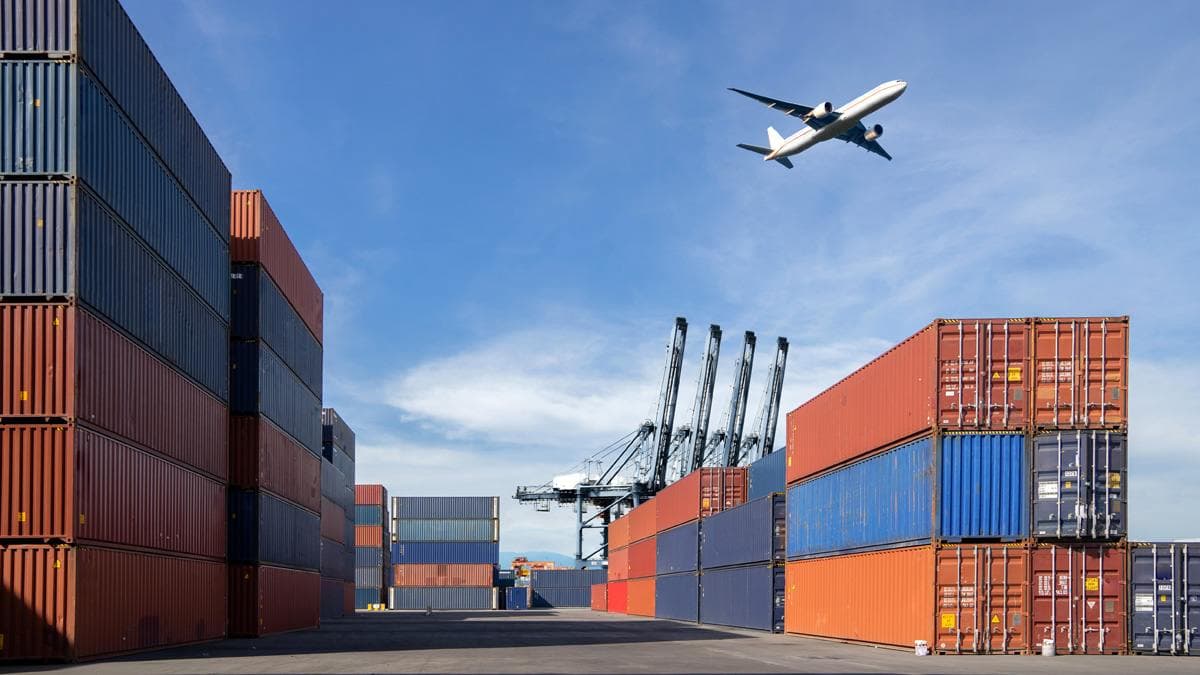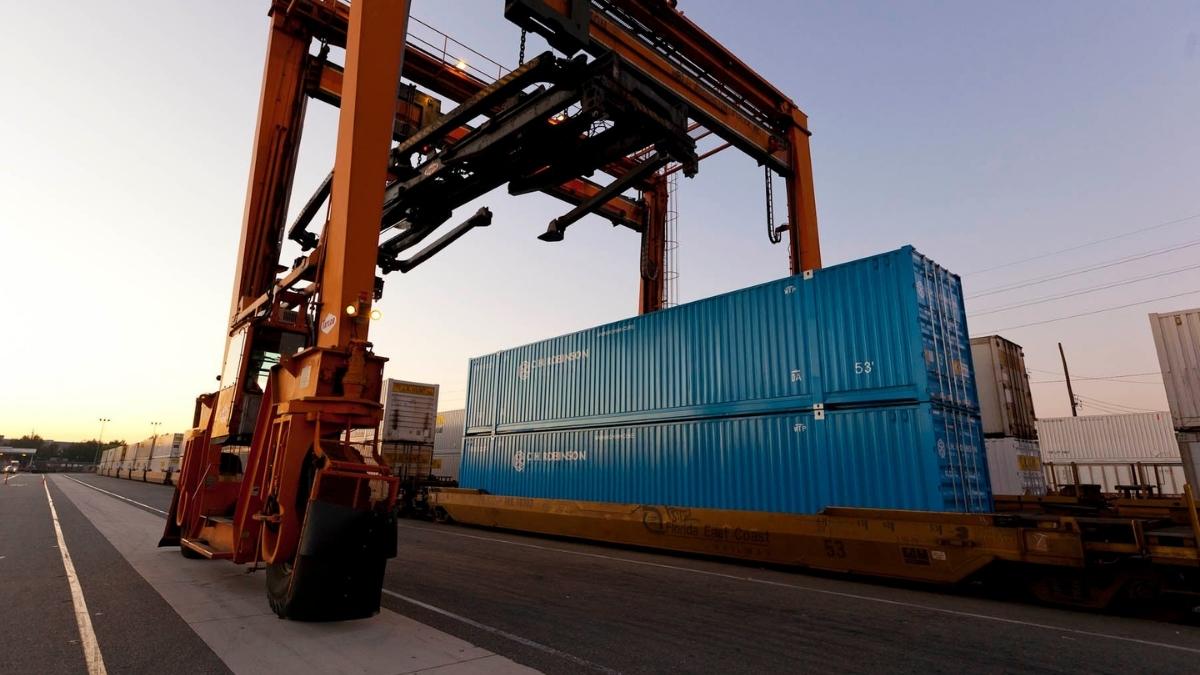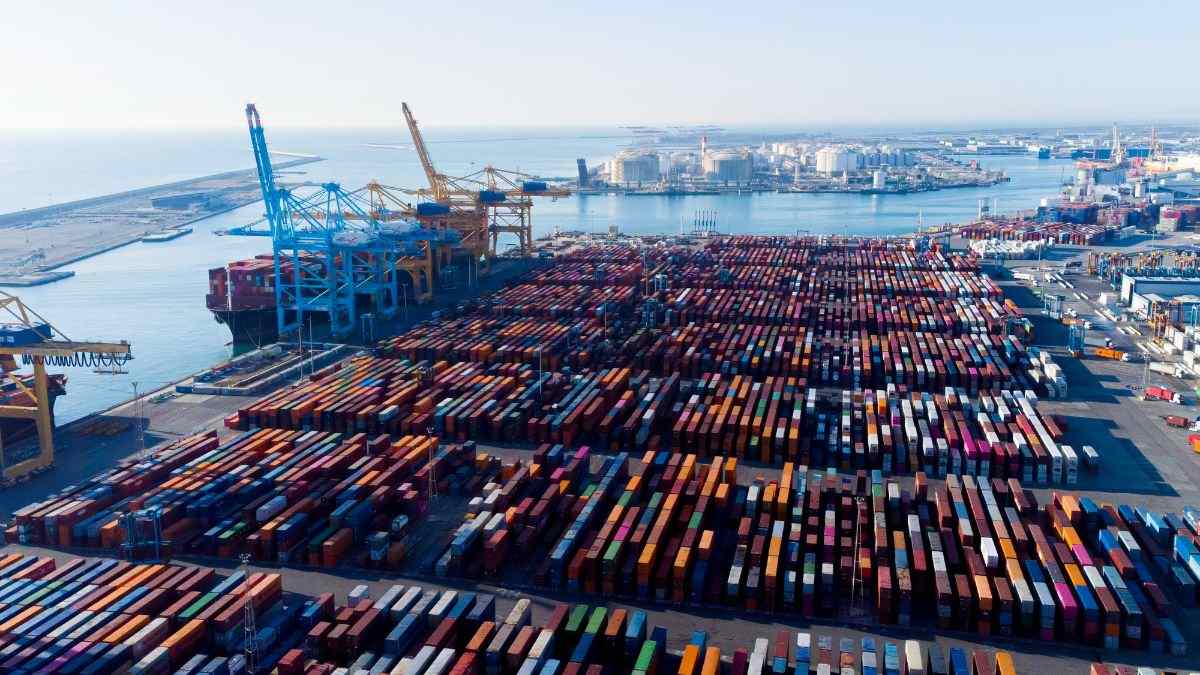
Far from business as usual, today’s global logistics scene is a high-stakes chess match where the next disruption could redraw the entire board overnight.
From unforeseen port closures to sudden regulatory shifts and looming geopolitical storms, the weaknesses of supply chains locked into one mode of transportation are laid bare—demanding a smarter, more resilient strategy built for uncertainty.
Unpredictable capacity, fluctuating rates, and changing transit times are just a few of the variables shippers face in today’s environment. Companies that proactively build flexible transportation options into planning achieve better results—and a true competitive advantage—than those simply securing the cheapest shipping contracts.
As companies start to plan for 2026, now is the time to revisit the principles that drive supply chain agility. A mode-neutral mindset—one that prioritizes flexibility over fixed routing—can be a game-changer for resilience. This approach helps shippers respond to shifting customer demands and transportation constraints with confidence and speed.
Beyond Single-Mode Thinking
Traditional supply chain planning often defaults to a preferred transportation mode: ocean service for cost efficiency, air cargo for emergencies, and truckload for regional distribution. This rigid approach leaves shippers vulnerable when their primary mode fails or becomes unreliable.
Mode-neutral routing offers a different approach. Instead of committing to one transportation method, companies evaluate each shipment based on its specific requirements and current market conditions, then select the optimal combination of speed, cost, and reliability.
The Simple Decision Framework
Mode-neutral routing works with a straightforward three-step framework:
- Identify when cargo is available for pickup: Understanding your actual departure window—not just when you'd like to ship—determines which transportation options are viable.
- Determine when cargo needs to arrive at destination: Factor in not just the ultimate deadline, but any intermediate requirements like customs processing time or distribution scheduling.
- Work backward to determine optimal mode: With pickup and delivery windows defined, calculate which transportation combinations deliver the best balance of cost, transit time, and reliability for that specific shipment.
The secret to effective logistics isn't committing to one mode. It's understanding when your cargo is available and when it needs to arrive. From there, a skilled provider, like C.H. Robinson, can determine the ideal solution that balances transit time and cost.
Flexible Service Level Selection
Mode-neutral routing enables companies to match service levels to actual requirements rather than defaulting to standard approaches. The same company might use:
- Ocean transport for routine inventory replenishment where predictable, longer transit times work
- Air-sea combination services that reduce transit time from 60–65 days to 25–30 days at significantly lower cost than direct air freight
- Air consolidation services for time-sensitive, but predictable, shipments with 2–5 day delivery windows
- Next-flight-out service for critical emergency situations where immediate delivery justifies premium costs
This flexibility becomes especially valuable when circumstances change. For instance, manufacturing delays that shorten available transit time can shift a shipment from ocean to air without requiring complete replanning.
Building Resilience Against Disruption
Sea freight schedules are subject to ongoing change, as carriers regularly adjust routes or skip ports, making reliability a persistent challenge. Meanwhile, demand for air freight continues to fluctuate in response to global supply chain cycles, requiring adaptable solutions for consistent delivery.
Rather than waiting for disruptions to occur, smart businesses are proactively incorporating air freight into their supply chain strategies now.
For example, we helped Mazda Australia transform its logistics strategy by integrating air freight to enhance efficiency in importing and distributing parts and vehicles to over 140 dealers nationwide. Partnering with C.H. Robinson, Mazda implemented a consolidation program from Thailand that offered visibility across 70,000+ SKUs, flexible service adjustments, optimized loads, and fixed-rate capacity agreements.
This shift from reactive to strategic air freight use led to a 23% cost reduction in the first year, improved supply chain visibility, and streamlined operations.
Building Adaptability
Supply chain volatility is unlikely to soften. Working with a multimodal provider enables companies to easily switch between service levels based on changing requirements. For example, if manufacturing delays shorten the available transit time, a shipment originally planned for ocean can be quickly shifted to air without complex replanning.
Companies that view transportation as an integrated strategy—rather than isolated decisions—position themselves to thrive within volatility rather than simply survive it.
Ready to build supply chain resilience through flexible routing? Connect with a C.H. Robinson expert today.
Learn more about how strategic air transport can improve your supply chain performance in our white paper, “Air Freight as a Resiliency Tactic in Strategic Supply Chains.”



